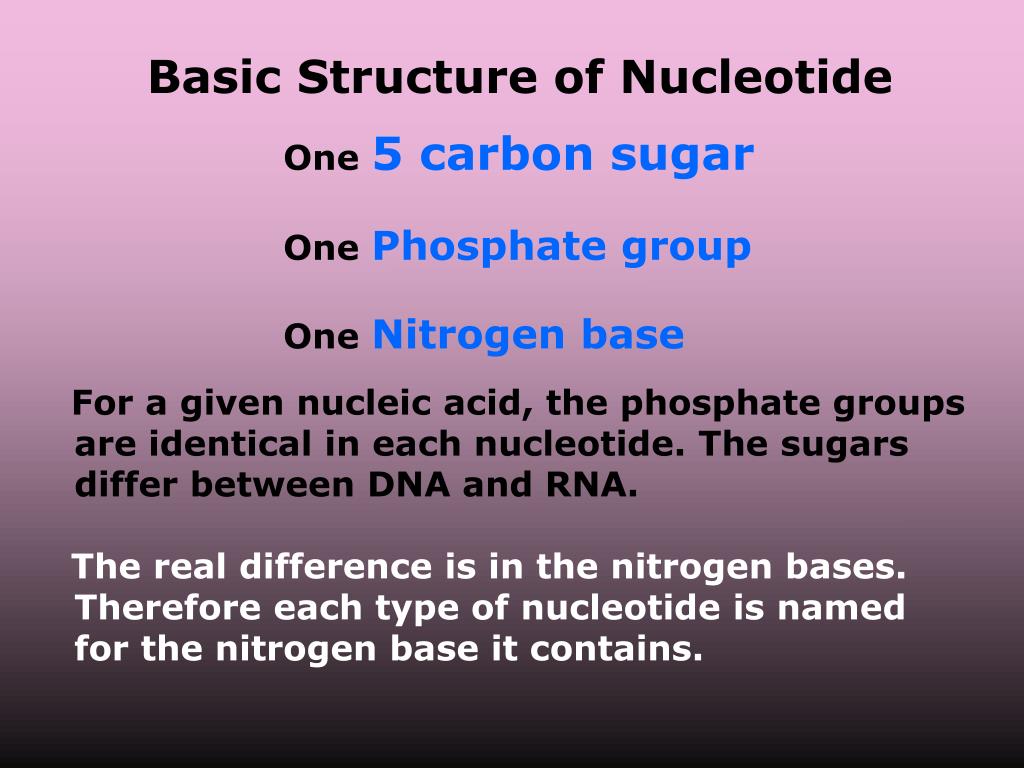
New strands attach to both sides of the original DNA, making two identical DNA double helices composed of one original and one new strand. Please note that the above explanation of DNA replication is highly simplified. (The sugar-phosphate backbone comes with the new bases.) It reads the original strand and matches complementary bases to the original strand. Each half of the original DNA still has a base attached to its sugar-phosphate backbone.Ī new strand of DNA is made by an enzyme called DNA polymerase. The specific base pairing provides a way for DNA to make exact copies of itself. When it is time to replicate, the hydrogen bonds holding the base pairs together break, allowing the two DNA strands to unwind and separate. DNA Replicates Itselfīefore a cell can divide and make a new cell, it must first duplicate its DNA. In fact, if you lined up each molecule of DNA in one cell end to end, the strand would be six feet in length. This shape allows for a large amount of genetic information to be ‘stuffed’ into a very small space. It is twisted to the right, making the shape of the DNA molecule a right-handed double helix. Its complementary side would then have to be TTTAAAGGGCCCTAG.Įven though the shape of DNA is often described as a ladder, it is not a straight ladder.
#NITROGEN BASE PLUS SUGAR PHOSPHATE BACKBONE STRUCTURE CODE#
For example, one side of DNA could have the genetic code of AAATTTCCCGGGATC. The arrangement of these bases is very important as this determines what the organism will be – a plant, an animal, or a fungus. The chemical bases are connected to each other by hydrogen bonds, but the bases can only connect to a specific base partner – adenine and thymine connect to each other and cytosine and guanine connect to each other. These bases make up the ‘rungs’ of the ladder, and are attached to the backbone where the deoxyribose (sugar) molecules are located. (A grouping like this of a phosphate, a sugar, and a base makes up a subunit of DNA called a nucleotide.) In between the two sides of this sugar-phosphate backbone are four nitrogenous bases: adenine (A), thymine (T), cytosine (C), and guanine (G).

(Deoxyribose is the name of the sugar found in the backbone of DNA.) It has an alternating chemical phosphate and sugar backbone, making the ‘sides’ of the ladder.

The structure of DNA can be compared to a ladder.


 0 kommentar(er)
0 kommentar(er)
